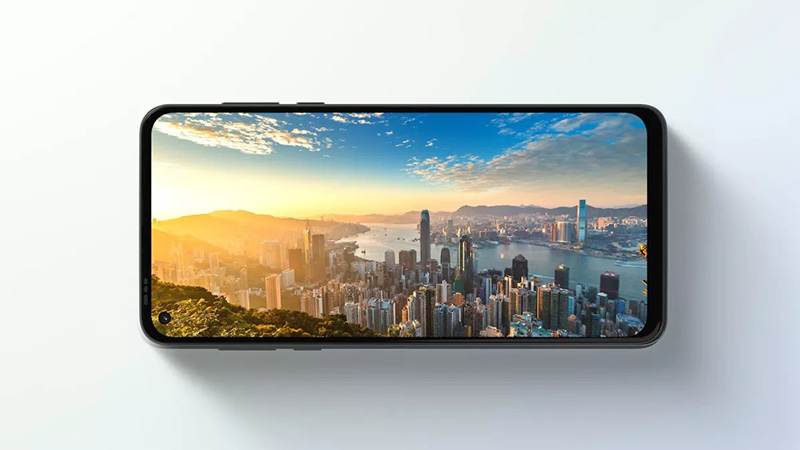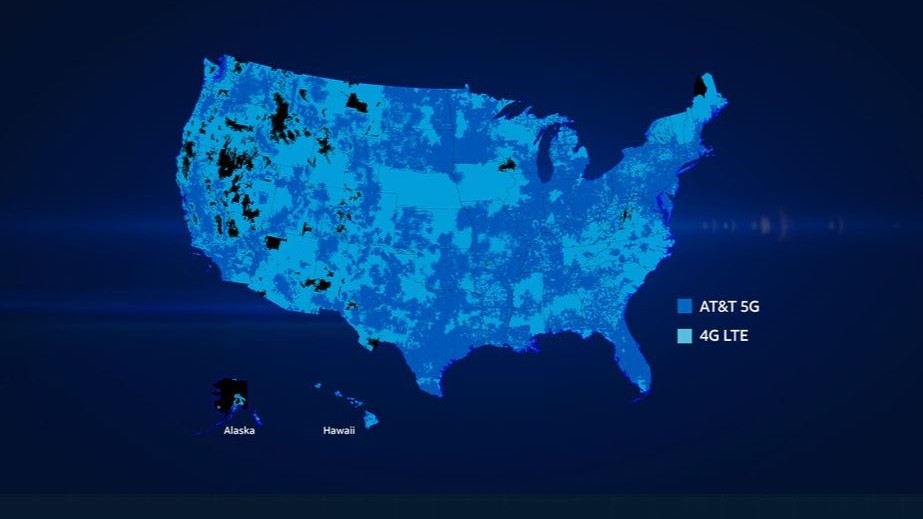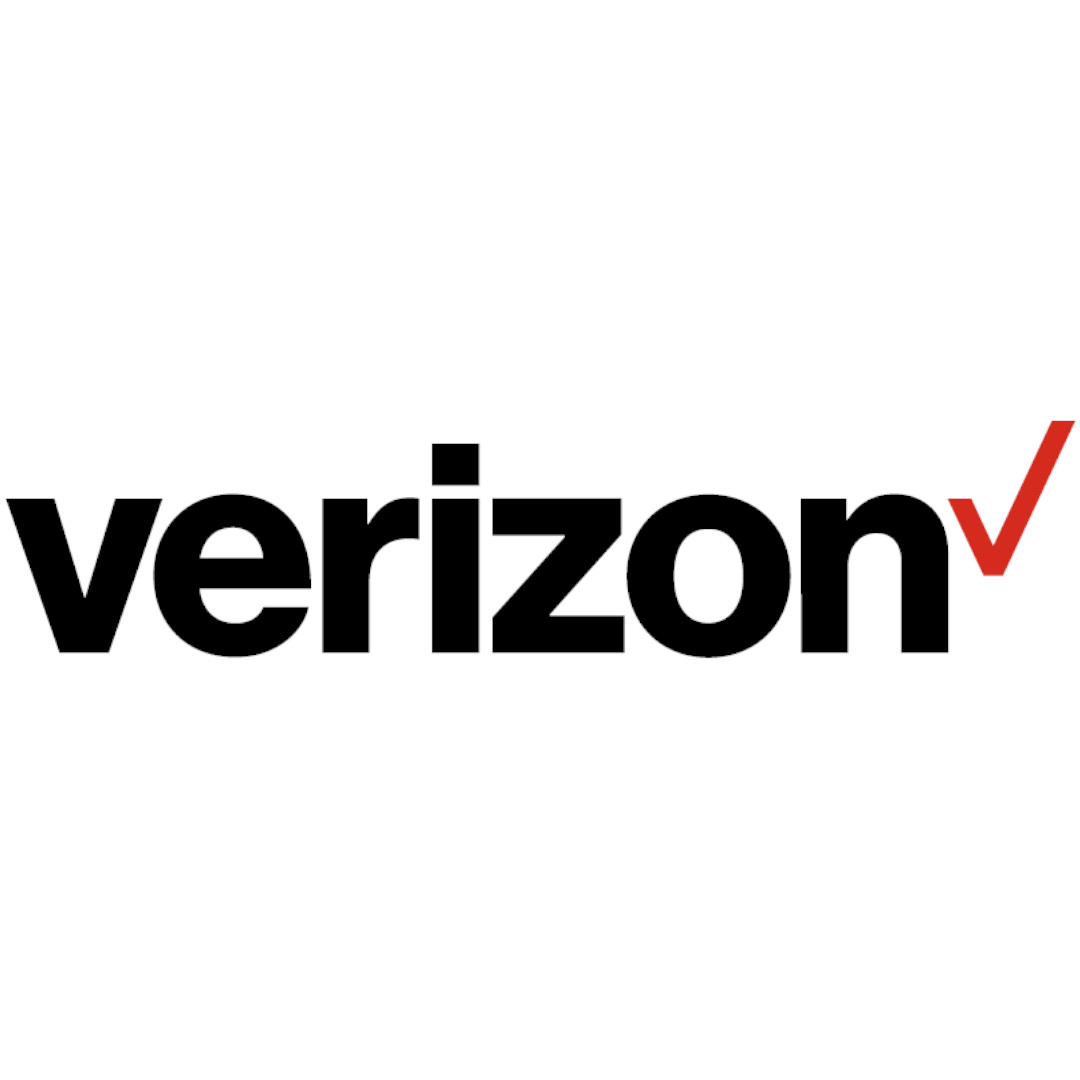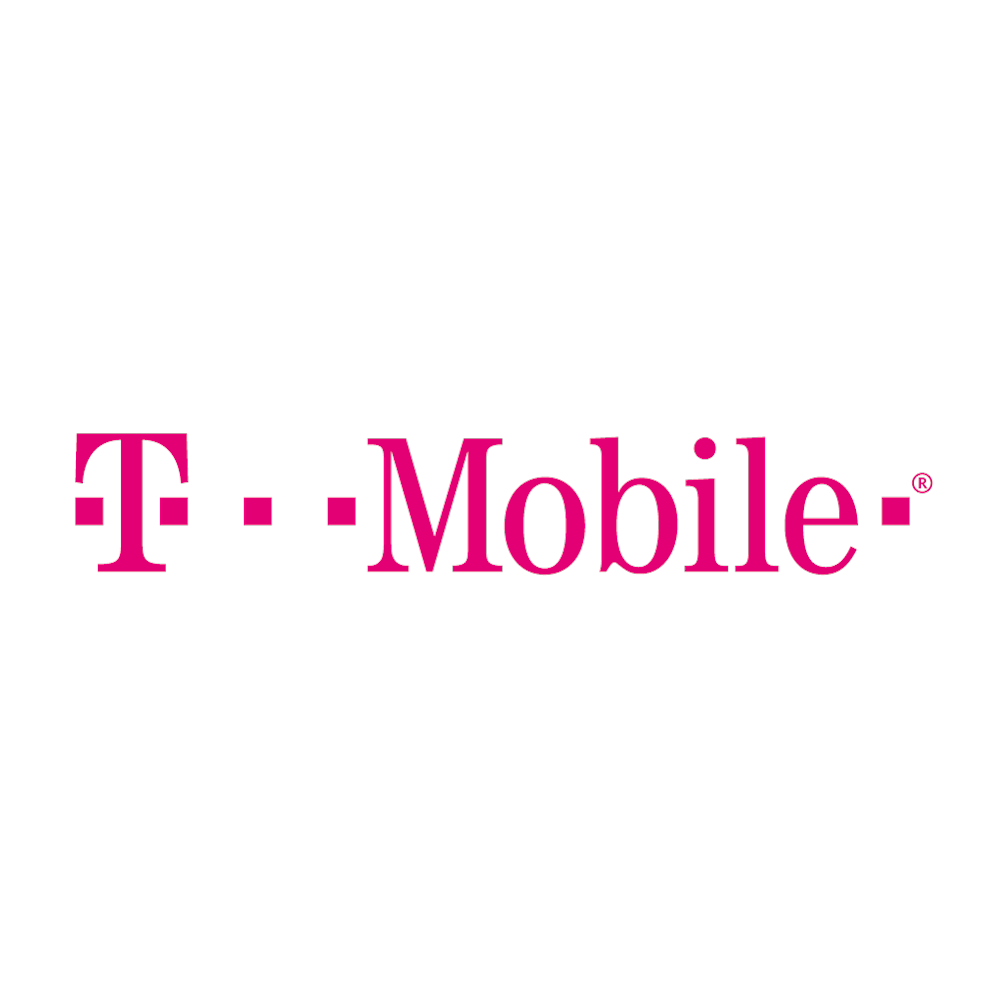5G coverage maps: Every US city with AT&T, Verizon, and T-Mobile 5G
Blazing-fast 5G access for everyone!

When we first published this article, 5G rollout in the United States was in its infancy and we could easily list all of the cities with high-speed network access. Fast forward to the present, and 5G coverage map has grown by leaps and bounds, thanks to the steady expansion of high-speed network(s) by all carriers. Hundreds of millions of mobile consumers can now enjoy 5G access, and further expansion is on the way. If you've been wondering whether you can access 5G in your area, you have come to the right place. Below we've shared speed info, coverage maps, and everything else you need to know about your 5G experience.
It's nice that most of the best cell phone plans now support 5G, including prepaid offerings, so no matter which carrier you (want to) go with, you'll be able to get solid connectivity. But despite 5G's growth, 4G LTE coverage is still going to be better for many users, especially those in rural areas. And while 5G deployment continues to make strides, many of you might occasionally see LTE on your phones every once in a while.
Verizon 5G

Verizon's 5G network continues to expand quickly. The carrier started small, with only a few cities deploying 5G mmWave under the Ultra-Wideband brand. In short, mmWave 5G uses large chunks of high-frequency bandwidth, around 28GHz, that produce very high speeds but suffer in other areas such as coverage over distance and building penetration. You can get 5G Ultra-Wideband coverage in most of the major cities across almost all US states, but it's restricted to outdoor areas. To fill in the gaps, you get a mix of regular 5G and 4G LTE coverage as well.
A much more extensive nationwide 5G network is now also available using Dynamic Spectrum Sharing (DSS). This network now covers more than 230 million customers and 2,700 cities, according to Verizon. DSS lets Verizon repurpose its huge, existing LTE spectrum to work with both 5G and LTE. The equipment on the towers can allocate the spectrum to the network that needs it the most without a significant impact on the LTE network, which most people are still going to be using for a while. Furthermore, this nationwide 5G network is available to all customers on any data plan, unlike Ultra-Wideband, which requires one of the higher unlimited plans.
Verizon launched C-band in January 2022 to 90 million people. Since then, the Big Red has kept the accelerator on the floor and officially reached the milestone of 200 million people with C-band 5G back in March 2023. Verizon has continued to build its mmWave 5G network and now has coverage in most of the largest cities in the US, with many supporting 5G Home internet.
Instead of listing every single city that has access to Verizon's 5G network (that would be a long list), take a look at the official Verizon coverage map.
T-Mobile 5G

T-Mobile has the largest 5G network by a considerable margin. It started building a 28GHz or 29GHz high band mmWave network in the middle of 2019 before following it up with 5G on the 600MHz spectrum. While this lower-frequency 5G isn't as fast as we've seen mmWave networks get, the extensive coverage makes it more practical for users.
Most 5G phones on T-Mobile support the entire network now, including some of the biggest names like Samsung's Galaxy S23 series and the newest Pixel 8 phones. Some older phones will work on both networks. Most 5G phones you can still find on sale will support the entire network. Look for bands n41 and n71, just to be sure.
T-Mobile's largest coverage area is provided by its Extended Range 5G, which as of March 2023, covers more than 330 million people. The 5G coverage map for it looks a lot like T-Mobile's LTE network, and speeds are only getting better as the carrier's Ultra-Capacity network continues to grow.
Currently, T-Mobile's Ultra Capacity 5G covers 300 million people. The Ultra-Capacity network has speeds ranging from 300Mbps to 1Gbps and will handle much more traffic than Extended Range 5G or LTE. This mid-band spectrum has given T-Mobile a massive head start over the others that needed to wait for C-band.
T-Mobile has also continued to expand its 5G Home Internet service, leveraging the power of 5G to give customers a new option for home internet. T-Mobile has already added 1 million customers and covers 40 million households.
Metro by T-Mobile, Mint Mobile, Google Fi, and many other prepaid carriers based on T-Mobile offer 5G on a range of supported phones.
To see how you're covered, take a look at T-Mobile's official coverage map.
AT&T 5G

AT&T has a very impressive list of cities with available 5G coverage. AT&T started with millimeter-wave and has also launched its nationwide 5G network based on the 850MHz spectrum and DSS in some areas. AT&T's network is among the fastest out there overall, thanks to excellent LTE network speeds, and it's quickly catching up to T-Mobile with its sub-6 5G network.
AT&T has 5G coverage for 290 million people with additional mmWave capacity in parts of 42 cities across the country. This has surpassed the goal of 40 cities in 2021, and the carrier expects to add even more. AT&T has also launched a C-band network with coverage for over 70 million people as of the end of 2022.
AT&T uses DSS (Dynamic Spectrum Sharing) to share parts of the spectrum currently only used for LTE with its 5G network in some areas. This allows towers to utilize the spectrum as needed and provide a smooth transition to 5G without taking portions of LTE fully offline.
If you want to access 5G, you'll need one of AT&T's unlimited plans. While there will likely be some improvement over LTE using this 850MHz 5G, it's not going to hit the super-fast speeds we've seen with mmWave. Still, the 850MHz deployment should have better coverage than mmWave and be faster than 4G LTE.
Prepaid AT&T MVNO Cricket Wireless also now supports nationwide 5G on all of its plans. So, if you're looking for a cheap way to try out AT&T's 5G network, Cricket is a great option.
AT&T 5G is available in a lot of locations. Rather than list every single city that's included, use AT&T's official coverage map to see if you can access the network.
Other carriers
Just about every wireless provider has its eye on 5G connectivity, and UScellular is no exception. UScellular provides great wireless service in a much smaller area than the big three, although this hasn't stopped it from building a fairly respectable low-band 5G network infrastructure on its 600MHz spectrum in many of the areas it has coverage in across the nation. The carrier also has licenses for mid-range spectrum that it can use to bolster its 5G coverage. If you love your UScellular service, you don't need to switch to get 5G.
Check the UScellular coverage map to see if your area has access.
Get the latest news from Android Central, your trusted companion in the world of Android

When Samuel is not writing about networking or 5G at Android Central, he spends most of his time researching computer components and obsessing over what CPU goes into the ultimate Windows 98 computer. It's the Pentium 3.
- Patrick FarmereCommerce Editor
- Rajat SharmaContributor



